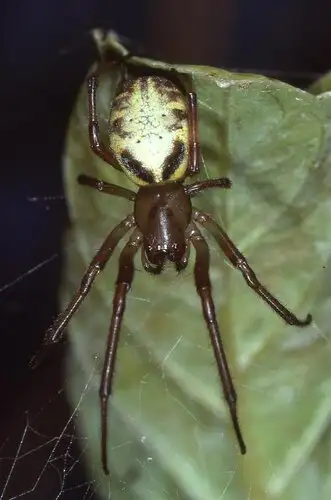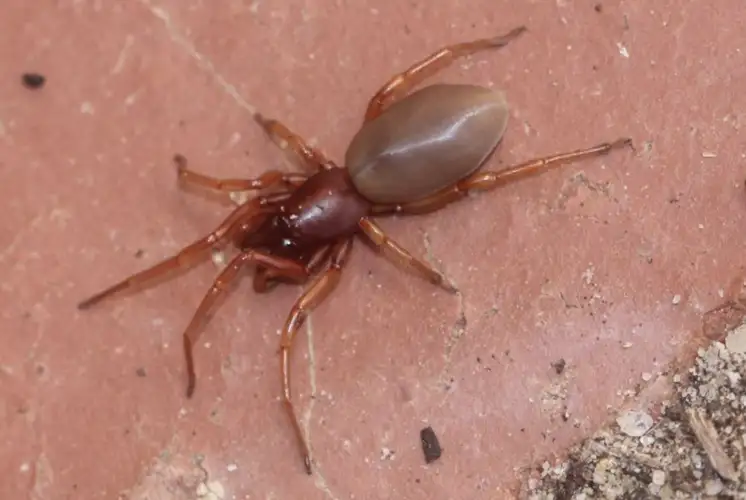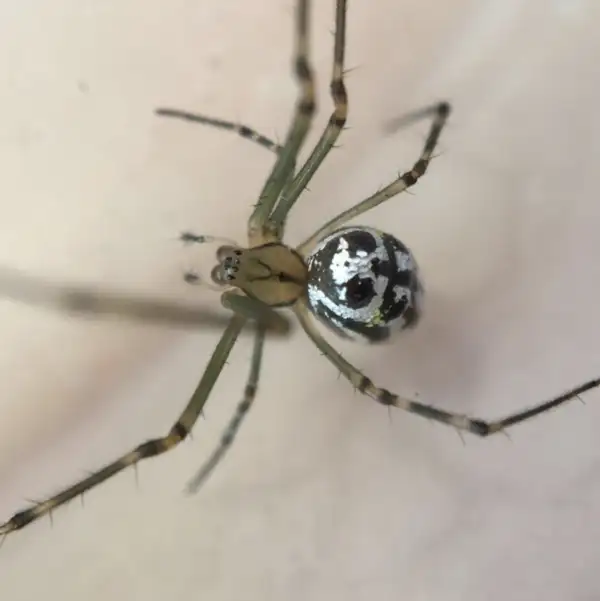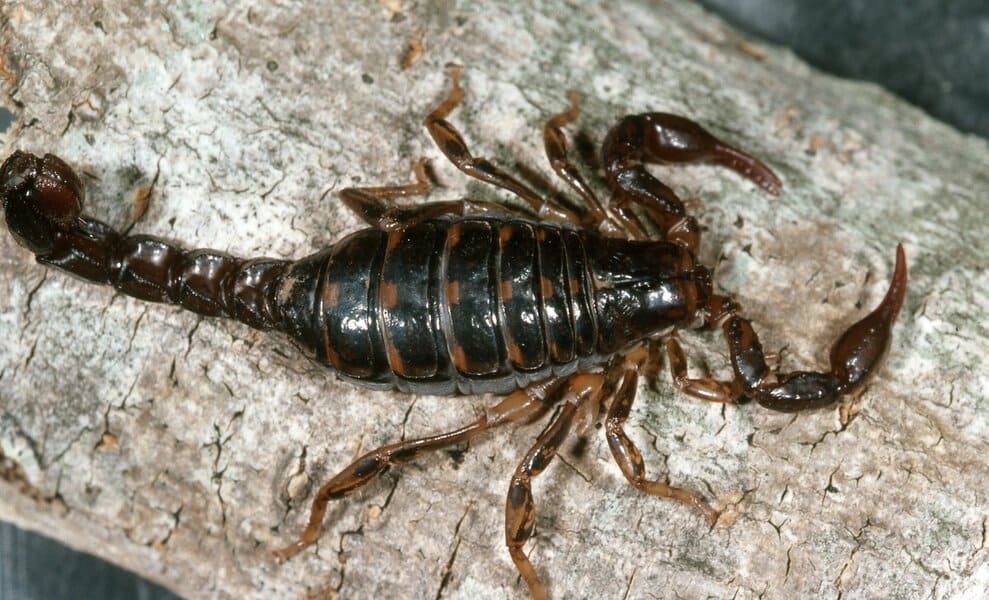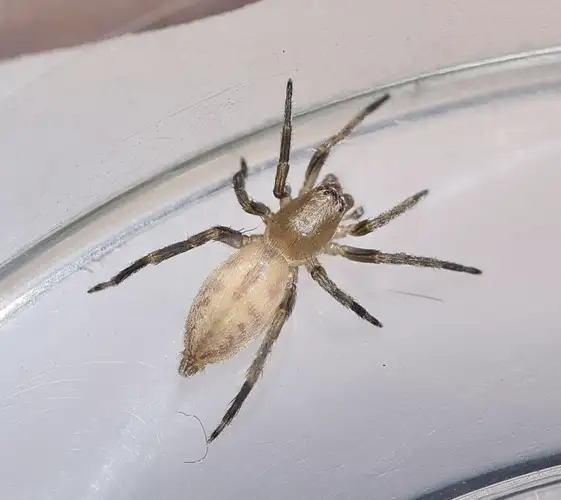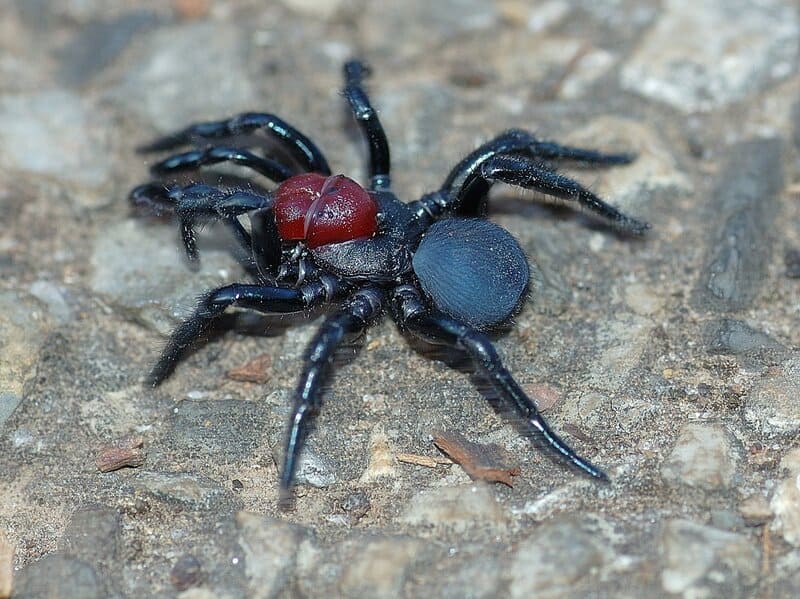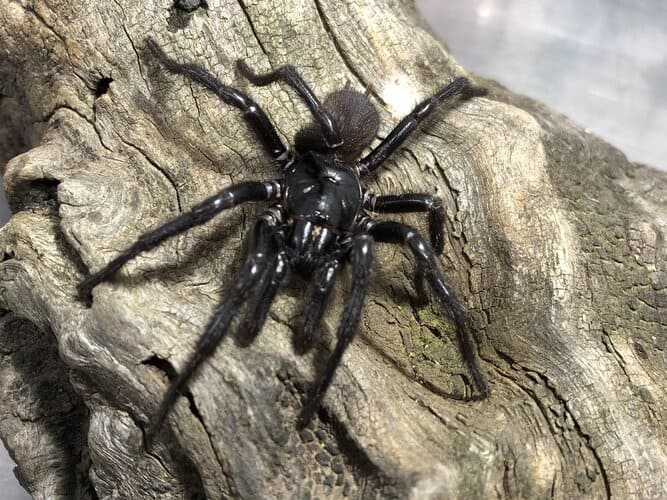Leaf-curling Spiders
IUCN
Not evaluatedBasic Information
Scientific classification
- name:Leaf-curling Spiders
- Scientific Name:Araneidae (e.g. Phonognatha spp.)
- Outline:Arthropoda
- Family:Araneidae Phonognatha
Vital signs
- length:Females ~8–15 mm body length; males much smaller
- Weight:Light; typically tens of milligrams depending on species and individual
- lifetime:Around 1 year; some individuals overwinter and breed the next season
Feature
Curl leaves into retreats within orb webs; feed on small flying insects; common in shrubs and garden hedges.
Distribution and Habitat
Shrub layers, hedgerows, forest edges and garden vegetation in warm to subtropical regions.
Appearance
Small, brownish to yellow-brown spiders often with stripes or spots that blend with leaves and twigs.
Details
Leaf-curling spiders are orb-weaving spiders that curl a leaf into a shelter within their web. They belong mainly to the family Araneidae, especially genera such as Phonognatha. These spiders spin an orb web between shrubs, branches or fences and pull a dead or green leaf into a tube-like retreat that serves as a daytime hide and ambush point.
Basic Biology
Scientific scope: Family Araneidae – leaf-curling spiders (e.g. Phonognatha spp.)
Size: Small to medium; females often 8–15 mm body length, males much smaller.
Longevity: Typically around 1 year, with some individuals overwintering and breeding the following season.
Web-building & Leaf Curling
The spider draws an existing leaf together with silk, rolling and securing it so that it forms a hollow shelter at or near the hub of the web. By day the spider usually hides inside the curled leaf, sometimes with only legs touching signal threads. At dusk and night it waits at the entrance, ready to rush out when a flying insect hits the orb web.
Ecology & Diet
Leaf-curling spiders feed on small flying insects such as flies, mosquitoes, small moths and beetles. They are typically found in shrub layers, hedges, forest edges and garden vegetation, where their webs and curled leaves hang at eye level or lower.
Venom & Human Interactions
Like most orb-weavers, they possess venom to subdue prey, but bites to humans are rare and usually mild, causing only local, short-lived discomfort such as redness or slight itching. They are shy, remain in their leaf retreats and do not seek contact with people.
Ecological Role
By taking many small flying insects, leaf-curling spiders contribute to natural pest control in gardens and woodland edges. Maintaining diverse shrubs and limiting insecticide use allows their populations, and those of other web-building spiders, to thrive.
FAQ
Q1. Why do leaf-curling spiders curl leaves?
The curled leaf provides a sheltered retreat that protects the spider from predators, weather and direct sunlight, and serves as an ambush site for prey.
Q2. Do they cut the leaf themselves?
They usually use an existing leaf and pull it into shape with silk, rather than cutting it from the plant.
Q3. Are leaf-curling spiders dangerous?
No. Bites are very uncommon and, in healthy people, usually amount to no more than mild local irritation.
Q4. Should I remove them from my garden?
In most cases there is no need; they help reduce small flying insects. If a web is in the way, you can prune the occupied twig and relocate it.

